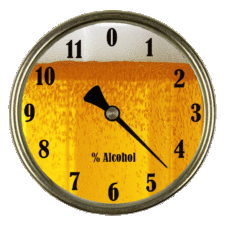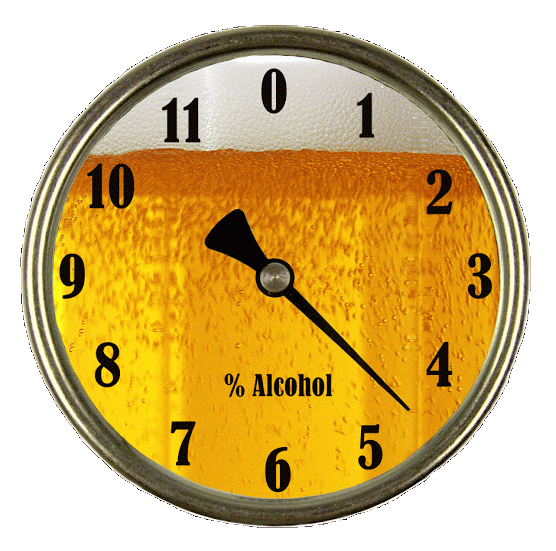 Michael Phelps made news recently, and this time it had nothing to do with swimming. The 22 time Olympian had already received one driving under the influence (DUI) conviction in 2004, and he was arrested again at the end of September for a second DUI. He has since entered rehab, but the media blitz continues with the release of his breathalyzer data and details of what happened at the time of arrest.
Michael Phelps made news recently, and this time it had nothing to do with swimming. The 22 time Olympian had already received one driving under the influence (DUI) conviction in 2004, and he was arrested again at the end of September for a second DUI. He has since entered rehab, but the media blitz continues with the release of his breathalyzer data and details of what happened at the time of arrest.
According to arresting officers, Phelps was driving 84 mph in a 45 mph zone when he was pulled over. He was crossing double lanes and was argumentative with police when he was arrested. Police asked him to perform two field sobriety tests – an eye test and a walk/turn test, and he failed both. He then refused to perform the standing-on-one-leg test. Once taken to the police station, Phelps was asked to provide a breath sample and he blew .14. That’s almost double the legal limit of .08.
After his first DUI arrest, it was clear that Phelps knew he shouldn’t drink and drive. He shared his story with high school students and spoke out to media about the dangers of drinking and driving, yet when he was arrested this time he told police he had 3 or 4 drinks and he still made the decision to get behind the wheel.
With the release of the detailed information about his arrest, the call out by a Baltimore Sun journalist for Michael Phelps to redeem himself by becoming an ambassador for ignition interlocks makes more sense than ever. With an interlock device installed in his car, he couldn’t have even driven out of a parking lot let alone speed down a highway.
Although his initial arrest was in 2004 and any interlock program required would have been completed by the time he was arrested again, you have to wonder if he drove drunk several times before he was stopped again? Offenders who feel they are in danger of re-offending have the option of volunteering for an interlock installation or asking for help in some other way.
After the resulting from the US Swim Team, Phelps will have time to consider his future options. Let’s hope he decides to spend some of his time sharing the message of how ignition interlocks stop drunk drivers.
